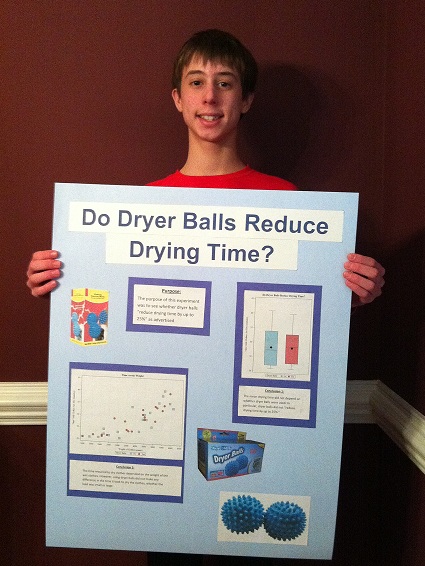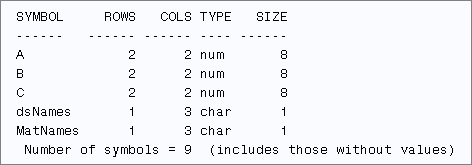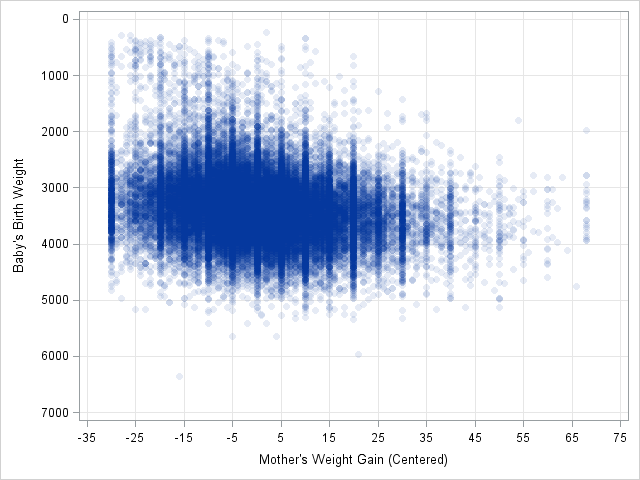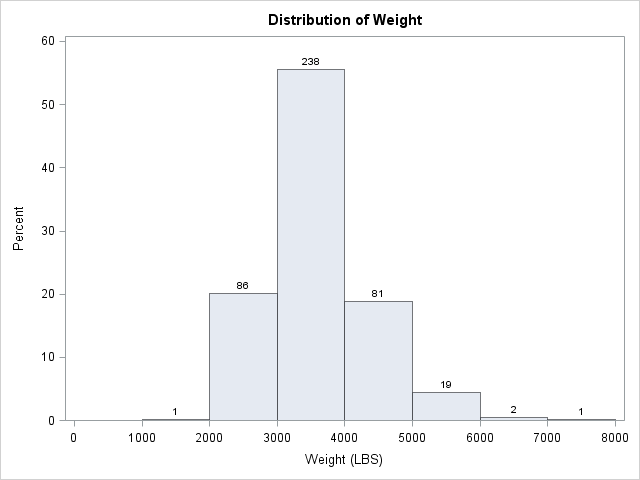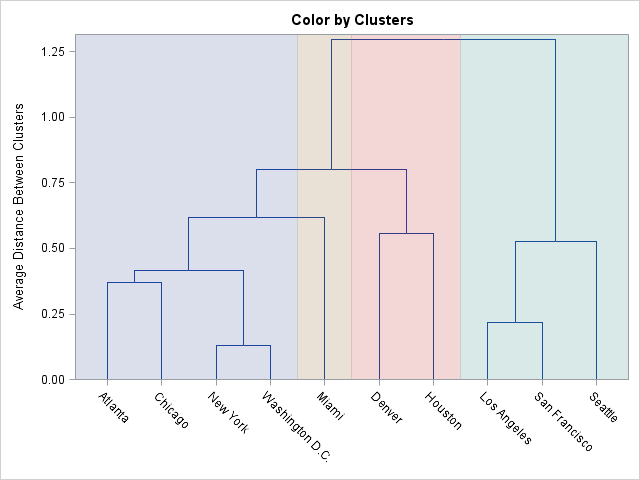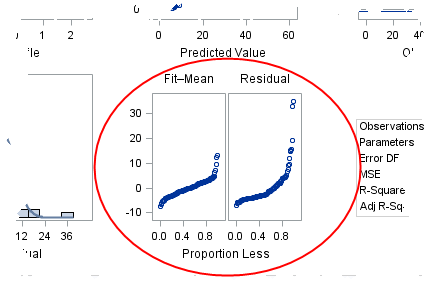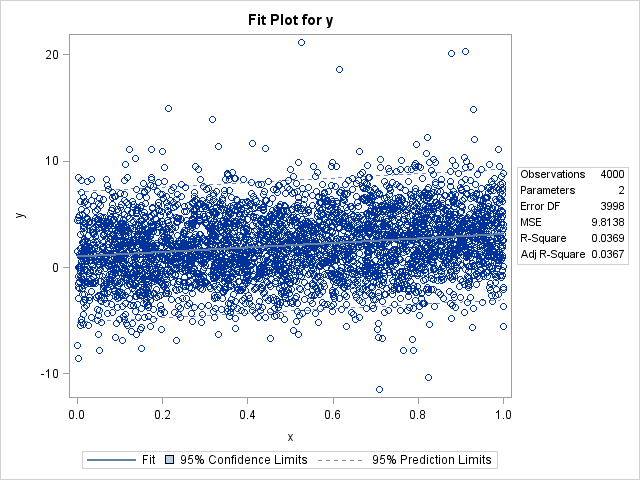
Earlier this week I posted a "guest blog" in which my 8th grade son described a visualization of data for the 2013 ASA Poster Competition. The purpose of today's blog post is to present a higher-level statistical analysis of the same data. I will use a t test and a

